A conveyor is the critical lifeline that keeps your production moving — just like the veins in your body. It is just as vital to know the system you’re purchasing will meet or exceed your requirements, that it is built for longevity and that it can withstand the environment of your operation — perhaps even saving an expensive retrofit afterward.
To help, George Packard, an account manager for Multi-Conveyor, has answered the following list of questions about conveyor construction that most people may not know — but they should.
1. Can a new conveyor or section be bolted into an existing conveyor to change its shape or layout?
Of course. Multi-Conveyor can bend metal into just about any shape needed and can manufacture curves or straight sections to modify your existing line if an accurate cross-section can be provided.
2. What plastics are used?
Multi-Conveyor exclusively uses FDA-approved plastics for our wear and guiding materials. The type of plastic used is application specific, but low friction UHMW-PE (ultra high molecular weight polyethylene) and NOLU-S (UHMW with additional solid lubricant molded in) are commonly used to decrease chain drag friction and prolong the life of the equipment.
3. What fasteners are used?
By default Multi-Conveyor uses standard SAE stainless steel hardware and shafting on all of its conveyors, even if they are going into a dry environment. This value-add minimizes the risk of accidentally using rustable components on sanitary projects, and it provides peace of mind that fasteners and shafting will be removed rust-free in the future should a major repair be needed.
4. What are shaft cutouts?
We’ve listened to our customers and know how much of a pain removing and re-installing a drive or idle shaft can be. Multi-Conveyor's answer was to standardize a proactive design that allows the maintenance technician to remove the chain, unbolt the bearings from the frame, and lift the entire shaft out of the conveyor for repair or replacement. Other conveyor manufacturers simply have a hole in the side of their frames forcing the technician to remove all of the sprockets in order to slide the shaft out — which is time consuming and frustrating, especially on wider conveyors.
5. Chain, belt … what’s the difference?
Conveyor lingo varies from company to company by individual, but some broad definitions still apply. Chain typically refers to a conveyor surface material that is positively driven and robust. Examples vary from simple #50 roller chain to tabletop chain like 882. Belts typically refer to a flexible continuous sheet material (typically with a canvas or plastic core) that can be sourced with some type of splice mechanism. They can be friction or positively driven and may require tracking. Modular plastic belts consist of a series of molded plastic blocks that are “bricklayed” to form the required width and assembled with plastic pins. There are pros and cons of each type. Multi-Conveyor will discuss the benefits of each option up front to ensure the best recommendation.
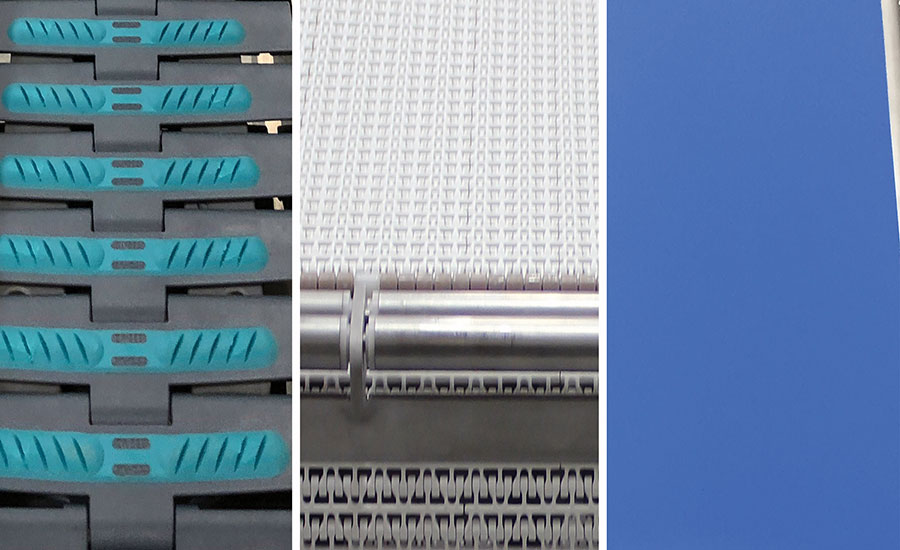
Image courtesy of Multi-Conveyor
6. When is stainless steel appropriate?
Stainless steel conveyors are used in many industries such as foods, beverage liquid filling, pharmaceuticals, chemical or where corrosive resistance is required. In comparison to lower-cost painted mild steel, stainless may cost a few extra dollars, but the ROI is quickly realized in labor savings (maintenance) and maximum environmental compatibility including high heat, sanitation for agency compliance, withstanding chemical exposures, etc.
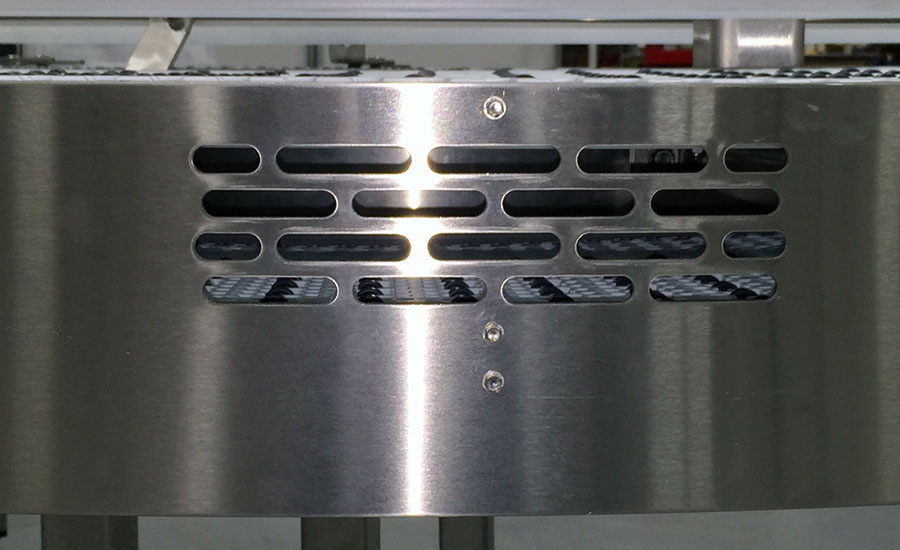
Image courtesy of Multi-Conveyor
7. What type of stainless steel should I consider?
The industry standard is Type 304 for conveyor frames and bolt-on accessories. This metal offers broad-spectrum corrosion resistance and is cost-effective. Type 316 is another commonly used alloy that offers increased corrosion resistance in high chlorine environments.
8. What design features should be considered for ease of maintenance?
Ground or polished continuous welds, easily removable NTR (no tool required) components, agency-approved belting, and an open design to allow greater operator access are a few. We follow industry guidelines to ensure the proper sanitary specifications are met.
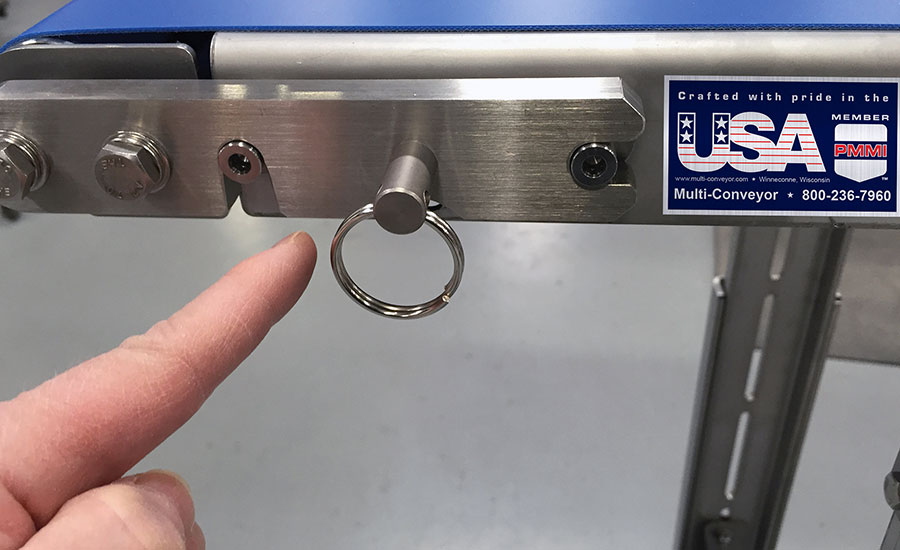
Image courtesy of Multi-Conveyor
9. What’s the best method to clean stainless steel conveyors?
Stainless steel conveyors are designed to be pressure washed or CIP (clean in place) or even simply wiped down with basic water or mild detergents. Chemical cleaners or other specific cleaning methods are at the discretion of the customer.
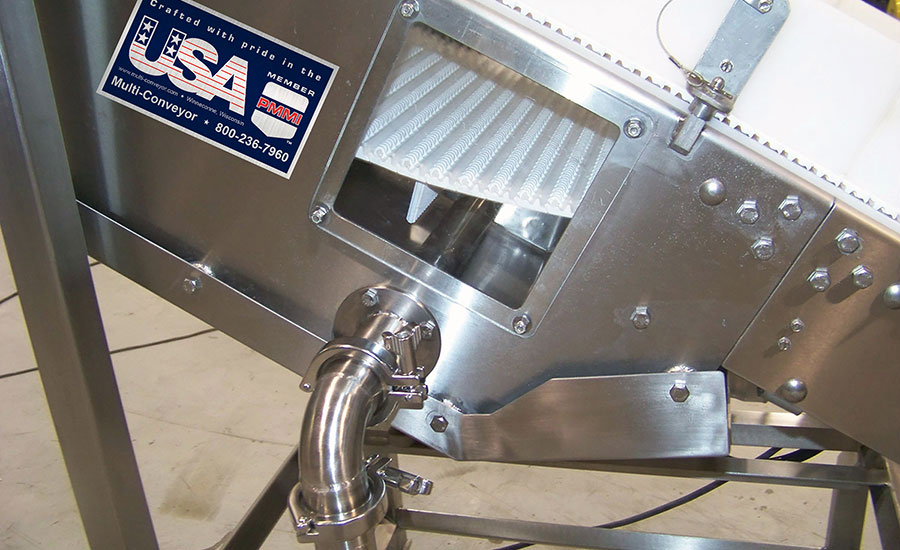
Image courtesy of Multi-Conveyor
10. Can MDR conveyors be used in a wet environment?
Absolutely! Unique Stainless Steel MDR (Motor Driven Rollers) conveyors are available for both direct washdown and general damp duty usage. Washdown rated 24-v DC motors and controllers allow simplified installations and reduced power consumption. Multi-Conveyor can also provide a motorized drum pulley configured for plastic modular belts or urethane slider bed belt conveyors.
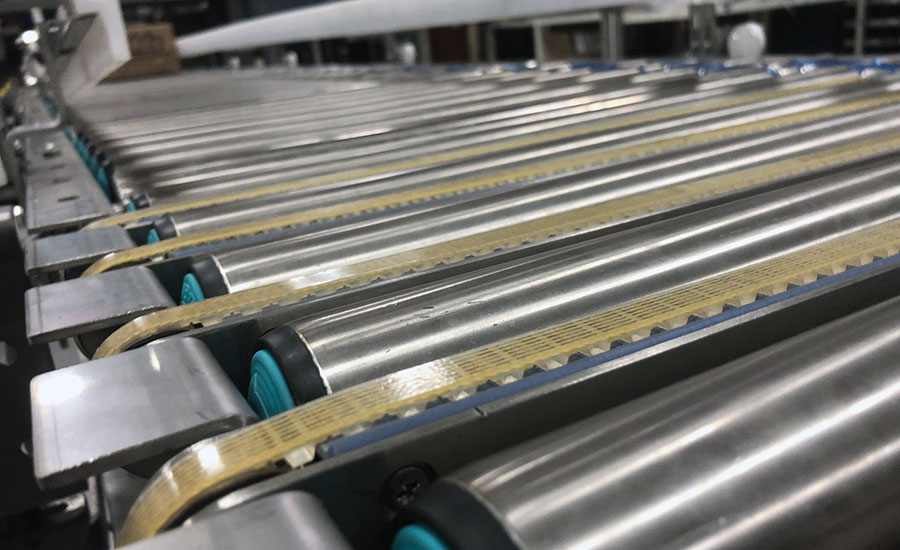
Multi-Conveyor adds that there are two other common considerations that you should ask your conveyor manufacturer upfront:
- commonality of replacement parts for immediate availability
- a modular configuration for future expansion
One final piece of advice from Packard: maintain your due diligence. “Don’t let price and quick delivery take over as your focal point,” he says. “When comparing conveyor systems or bid quotes, make sure they're equivalent in construction, performance, safety, ease of maintenance and built for longevity. On the surface conveyors may appear to be fundamentally comparable. It’s up to you to learn the difference.”
Email info@multi-conv.com for more information.

